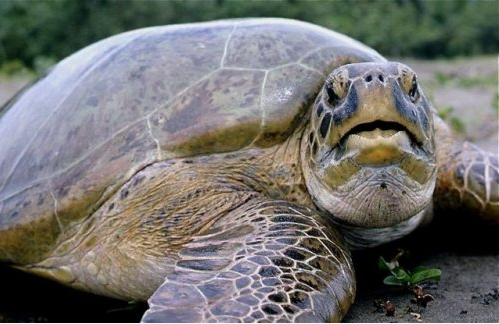I have just 12 days until I leave for my internship in Costa Rica. These past few weeks have flown by but I have accomplished so much in that time! From meeting board directors to getting my typhoid vaccine to meeting with the three other interns. So far, our group dynamic is outstanding and I'm really looking forward to spending a summer with three amazing people.
Here's some background information for what we'll be doing for three months as 'Research Assistants for a Marine Turtle Study & assistants to the Large Mammal Monitoring Study in the Caño Palma region"
The Cano Palma project began in 1990 when Marilyn Cole and Ozzie Teichner purchased a parcel of land situated in the rainforest of northeastern Costa Rica. She came upon the property while volunteering with a marine sea turtle research and monitoring program, which was situated out of a village called Tortuguero (Turtle Bog, or place of the turtle). The property was purchased from a Nicaraguan campesino named Marcos, who gained land title after having farmed a portion of the land for a number of years.
The Canadian Organization for Tropical Education and Rainforest Conservation (COTERC) was founded shortly afterwards in 1991, a registered non-profit organization to support and administer the operations of Caño Palma Biological Station (Estación Biológica Caño Palma) that was established on the property.
I'll be staying 8km North of the town of Tortuguero, a rustic tourist destination on the Caribbean side of Costa Rica. The average daily temperature is 26°C and rainfall may exceed 6,000mm per year. Much of the area has protected status under Costa Rica's parks and reserves system, with Tortuguero National Park (18,946 hectares) and the Barra Colorado Refuge (92,000 hectares) forming a vast corridor which connects with conserved forest in Nicaragua to the North. There are no cars in Tortuguero, all transportation is by boat or airplane into the town's tiny airport.
The main attraction of Tortuguero National Park is the turtles. Green Sea (Chelonia mydas mydas), leatherback (Dermochelys coriacea), and Hawksbill (Eretmochelys imbricata) turtles nest on the beaches here. Green Sea Turtles neared extinction due to hunting of the adults for meat (they are easy prey when they mass to nest) for turtle soup, and poaching of eggs for their supposed aphrodisiac qualities. Dr. Archie Carr of the University of Florida formed the Caribbean Conservation Corporation in 1959 to study and protect sea turtles, and the turtle-tagging program he began at Tortuguero in 1955 continues today.
I will also be assisting in the large mammal monitoring program, which requires us to walk transects cut through the jungle to locate signs of local mammal populations. The project has established baseline data on large mammals and each of the three primate species including; mantled howlers (Alouatta palliata), white-faced capuchins (Cebus capucinus) and spider monkeys (Ateles geoffroyi); other large mammals include the jaguar (Panthera onca), the tapir (Tapirus bairdii), and white-lipped peccary (Tayassu pecari) and many others beyond this. Tortuguero is one of the most biodiverse regions in Costa Rica, with over 36 species of mammals recorded in the area (and counting!) One of the other interns, Mariya, will be the primary assistant to the large mammal monitoring program, though we share all the jobs and duties at Cano Palma.
I can't wait to see one of these guys!
Though it will probably be more like this... (spot the sloth)
Info was taken from: www.coterc.org






No comments:
Post a Comment